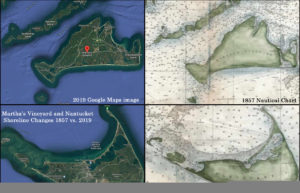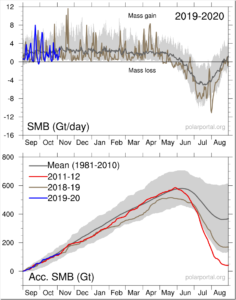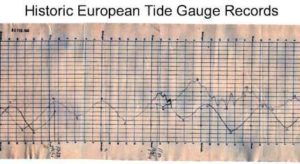by C. Rotter, Dec 22, 2020 in WUWT
By Kenneth Richard on 21. December 2020
Despite sea level rise, a 2019 global analysis (Duvat, 2019) found 89% of 709 island coasts have been either stable or growing in size in recent decades. A new Maldives-only study (Duvat, 2020) finds rapid (>3 to >50%) coastal growth in 110 of 186 Maldives islands from 2005 to 2016. Just 5 islands – 2.7% – actually contracted in size during this period.
Last year Dr. Virginie Duvat published a global assessment of how the Earth’s islands and atolls are faring against the ongoing challenge of sea level rise since satellite monitoring began in the 1980s.
Fortunately she found “no widespread sign of physical destabilization in the face of sea-level rise.” In fact, a) none of the 30 atolls analyzed lost land area, b) 88.6% of the 709 islands studied were either stable or increased in area, c) no island larger than 10 hectare (ha) decreased in size, and d) only 4 of 334 islands (1.2%) larger than 5 ha had decreased in size.
…





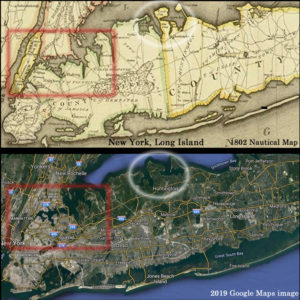
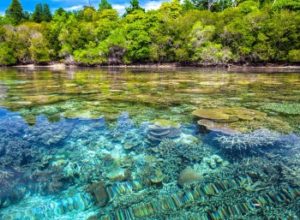




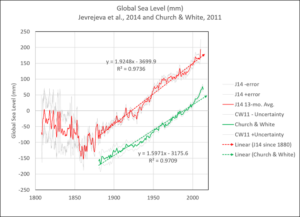 Figure 1. Jevrejeva et al., 2014 (red) and Church & White, 2011 (green).
Figure 1. Jevrejeva et al., 2014 (red) and Church & White, 2011 (green).